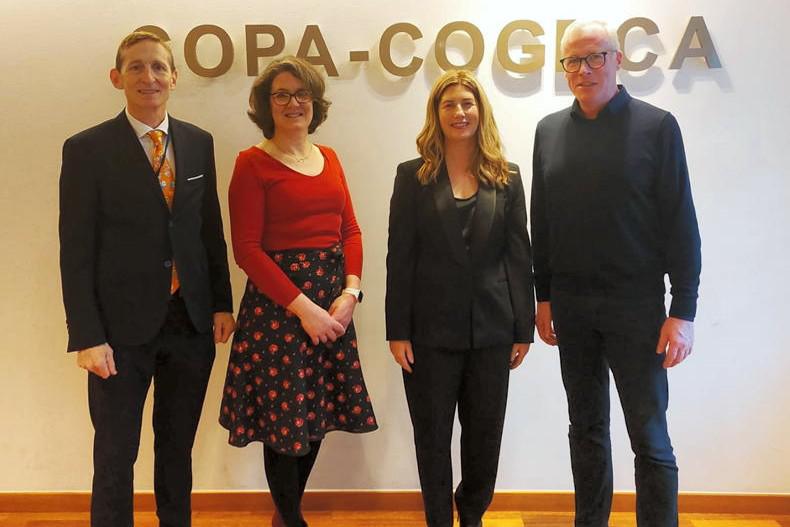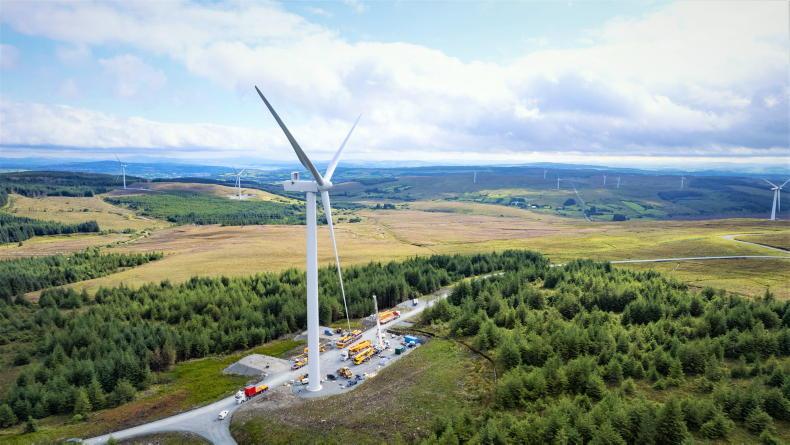Electricity in Ireland costs consumers about 28% above the European Union average, according to Eurostat.
There are complex reasons for this state of affairs, including unavoidable cost penalties in reaching the dispersed market in a low density country.
But the electricity business is essentially a cost-recovery industry and high-cost countries are not well placed to compete internationally in what is a commodity business. There are interconnectors to and from the UK with more on the way, including additional UK connections and a new link to France, so exports are possible.
Interconnectors make their best contribution when there is two-way trade, sparing the need for back-up capacity when the demand/supply balances do not coincide.
Recently Ireland has been a net importer of power over the UK interconnectors which link onwards to continental European markets. If your cost base in a commodity business is unfavourable, the industry is not an attractive candidate for expansion via international trade.
Plausible
There are plausible reasons to expect an expanding electricity industry in Ireland in the years ahead. Electrical energy can be delivered with low carbon technologies, including wind, which substitute for the direct combustion of fossil fuels in vehicles and to heat buildings.
With ambitious national targets for decarbonisation, including targets for agriculture and other sectors, the evidence to date is that they are not being achieved.
The deployment of proven technologies at affordable cost, notably onshore wind, is constrained by the same planning system which inhibits supply of housing in urban areas. Eirgrid has struggled to secure planning consents for extra transmission capacity and is being pressured to place lines underground at extra cost.
The industry would like to retire the high-emission coal units at Moneypoint, commissioned in 1985 and approaching the end of their useful lives, but security-of-supply concerns dictate that they be kept in operation for some years to come.
Demand for electricity has grown at modest rates until recently but the risk of supply disruption has been rising, partly because intermittent output from wind and solar farms increases the load expected from the always-on stations.
Not enough
There are simply not enough of these and there has been resort to cost-increasing reliance on ad hoc gas generation. The on-off reliance on gas stations designed for steady deployment, but used intermittently to accommodate wind power, is also less efficient and adds further to unit costs.
The high cost structure for electricity and worries about security of supply suggest that the industry lacks natural advantages which would encourage expansion beyond the imperatives of containing emissions.
Specifically, unless electricity for export, or as an input into export industries, is actually cheaper in Ireland, it is enough to meet our own needs with the lowest emission technologies likely to be available and leave it at that.
This is now the thrust of much public discussion and the public communications activity of data centre advocates is an example.
Ireland boasts substantial exports in a category called information and communications technology (ICT) services which includes the operations of data centres.
In the Business Post, Mark Foley last weekend put the number at around €200 billion annually, an extraordinary figure. For 2023, the Central Statistics Office (CSO) estimated its preferred measure of economic activity for the whole national economy, called GNI*, at €291 billion.
The implication of Mr Foley’s estimate is that the ICT sector, through exports alone, is responsible for 69% of what the CSO believes is attributable to the entire economy.
Wrestling
The CSO has been wrestling for a decade with adjusting the Irish macroeconomic data to correct for the distorting effect of the multinational sector. What matters for the measurement of economic activity is value added in Ireland, cleansed of multinational profit shifting but also net of the cost of purchased inputs. For the data centres a big purchased input is electricity.
Sales figures are meaningless as a measure of economic contribution unless the cost of electricity, and of other inputs, is deducted. Since employment at data centres is typically not significant, these companies are largely engaged in the export of electricity.
Since we know that electricity is not cheap here, why is Ireland such a popular location? The portion of electricity usage devoted to data centres has already risen to around 20%, compared to 3% or 4% in the typical European country.
Ireland is adding to national emissions totals, risking sanctions under EU policies, in exchange for no evident economic advantage. The new Government is contemplating the creation of a special department to oversee all major infrastructure projects and a fresh assessment of data centre policy should be its first task. The further expansion of the data centre export business would require enormous investment in power production and in transmission. Its advocates expect the State, and ultimately the domestic consumer, to underwrite the bill.










SHARING OPTIONS